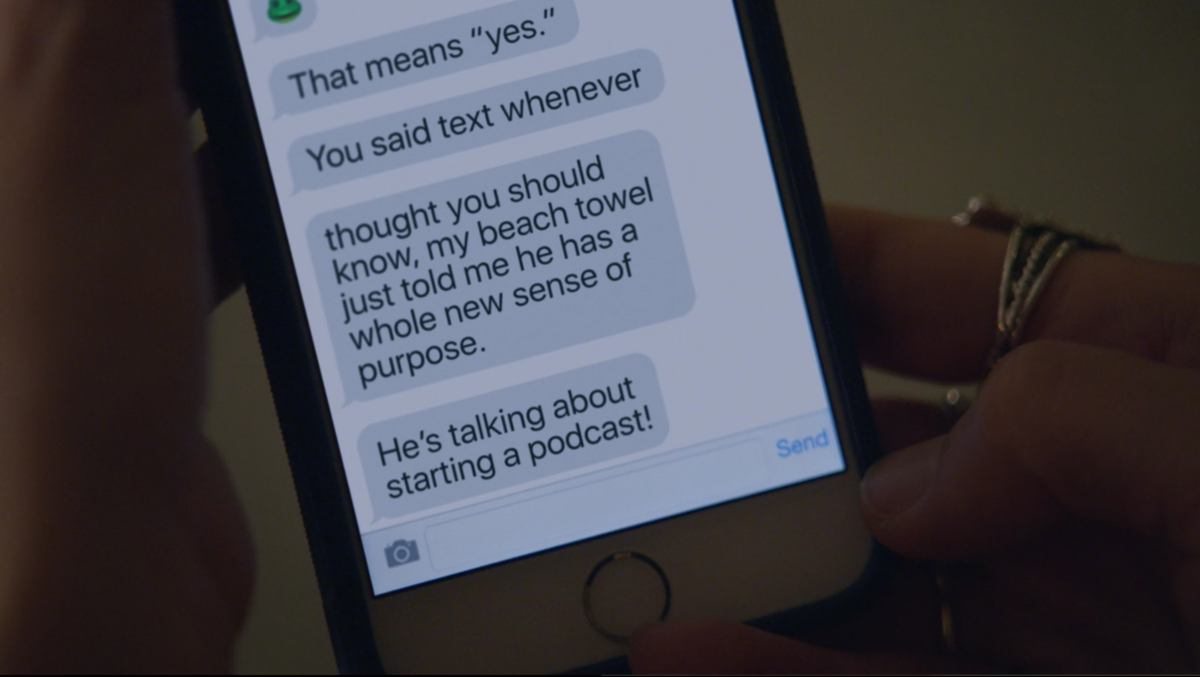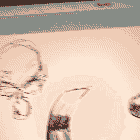This is the 8th edition of the newsletter. I didn’t do the day by day updates this week.
I need to add a couple weeks of newsletter posts to the site. I’ve sent out a couple newsletters without posting them to the site. That feels like the first few broken windows. If I don’t fix that then it’ll slowly become more and more disorganized.
But that’s for later. Here are some thoughts from things I’m reading, listening to, or watching.
What I’m listening to: Skipping through The Art of Learning —
I listened to parts of Josh Waitzkin’s The Art of Learning trying to find a specific clip. Finding clips isn’t exactly solved with audiobooks.
With a physical book, you can flip through and usually track it down in a minute or two. With an ebook, you can search and find it. If you don’t know the exact phrasing then you’ll have to try a few different things. Some Kindle books have a zoomed-out horizontal scroll that’s getting closer to just flipping through a book.
With an audiobook, I could tap through each chapter hoping the audiobook chapters match up to book chapters and they say the title at the start. Then it’s a lot of skipping forward and skipping back.
If there were some kind of text search for audiobooks, that’d be great. I’m guessing there are good reasons that doesn’t exist.
At best, I would’ve bookmarked it with a descriptive note. Though I hardly write good notes for the bookmarks.
I never did find the specific clip.
What I’m listening to pt 2: The Art of Learning
Luckily, I remembered looking for that clip before and then I remembered I wrote about the clip last year. It’s about building a trigger for getting in the right mindset for performance.
I’m starting to make short videos explaining single topics. I have a bunch of posts from last year that are halfway there. Sometimes the idea is good but the writing isn’t. Or I wrote something organized but the idea isn’t great.
I’m going to try turning some old posts into videos. One of the first ones I’ll do is talk about building the trigger. The steps are roughly this, over a month:
- Think of something that you do to relax that fully engages you and gets you into a calm mindset
- Create a routine that leads up to that activity: listen to the same music, have a snack
- Shorten the routine little by little: take it from 20 minutes to 15 minutes to 10 to 5 by listening to part of a song instead of the entire thing, taking a bite instead of eating an entire apple, etc.
- When you can get into that calm mindset with a short routine, switch the relaxing activity to your performance activity.
Follow a routine leading to a plate of cookies for a while then switch the cookies up for a plate of steamed chicken and broccoli.
What I’m listening to pt 3: Josh Waitzkin on creative bursts —
While trying to find that audio clip, I ended up listening to a different part of The Art of Learning. I’ve been thinking about what Josh Waitzkin has to say about creative bursts
He says he does half an hour of writing first thing in the morning, before his son wakes up. That was a few years ago, so I wonder what it might look like now.
I’ve been forgetting how useful it can be to just write for a block of time. I got pretty into the idea of Deep Work last year and was always looking for 2 hour blocks to do things.
30 minutes of writing can be very useful. If not for going toward a finished piece, maybe just for the value of doing something like morning pages.
Okay this is just a lot from Josh Waitzkin —
Waitzkin appeared again on Tim Ferriss’s podcast and talks more about journaling (around 1hr34min).
Waitzkin says he uses Evernote and tags heavily. I’ve been trying to use Evernote more. I’m having trouble with separating things in Evernote from things in Ulysses.
I’ll give it another go in Evernote. If I open up Ulysses it’ll be to pull things in from Evernote and other places to actually write something that I’ll publish online.
Morning pages —
The end of The Art of Learning has a bonus chapter which is his podcast appearance with Tim Ferriss. He asks Josh Waitzkin about his favorite part of the day and Waitzkin says he wakes up, does a “creative burst” and writes for half an hour, then he holds his son and talks to him and tells him how proud he is.
It reminded me that I’ve gotten a little bit away from writing. Sometimes I see something I can improve then swing too far in the other direction. I find out I enjoy writing in the iPad with the Pencil, so I stop typing things out entirely.
There’s still time in the day to just start typing freely.
Morning pages are something I enjoy doing that I find useful. Some idea usually comes out of a session. I’m going to start doing them again in some form. Maybe not strictly a daily routine thing, but three days a week could be good.
I happen to be trying today because I left my Pencil somewhere so I can’t currently draw on the iPad.
Often I end up thinking about the meta aspects of it and questioning if I’m in flow or not. Any moment you ask “Am I in flow” the answer is a resounding no. Maybe you were a minute ago, but now you’ve knocked yourself out of it.
ocus@Will has some new music —
I still have a Focus@Will subscription. There were a couple times where I thought about canceling, because I wrote on the train a lot more and got annoyed that it didn’t have any form of offline mode. I actually did cancel once but learned I was grandfathered in for $6 and un-canceled.
They’ve been adding tracks over the past few months. They added “Neuro space” which I described as a repeating iPhone alarm. (Which also worked pretty well once I got over thinking of it as that.) Today I saw they have “Einstein’s Genius”. It’s the soundtrack for a montage of what I like to imagine myself as when I’m writing and drawing. Doing deep research and finding insightful connections behind (previously) disparate ideas.
Anyway, this morning I was having trouble getting Snapchat to recognize a skull drawing as a face. With a little tinkering, I learned if I get Snapchat to recognize my face first then I can put video filters on the skull.




